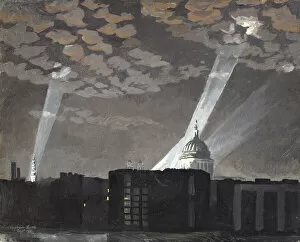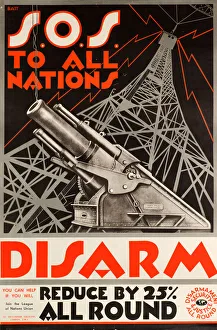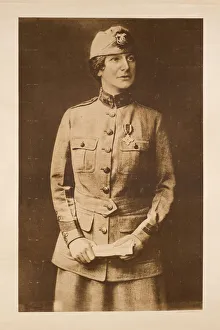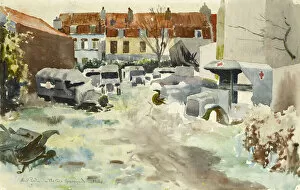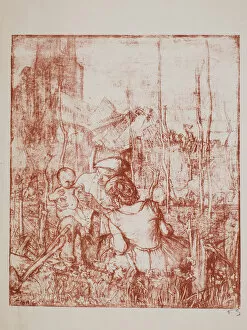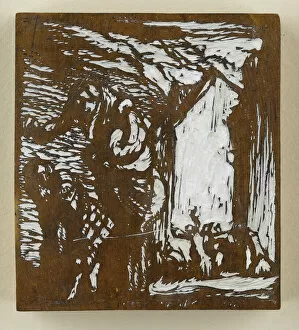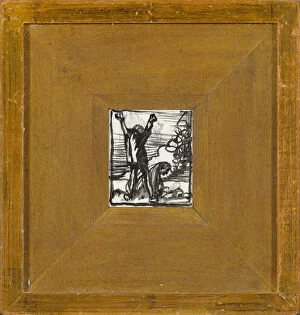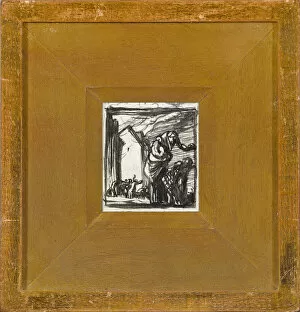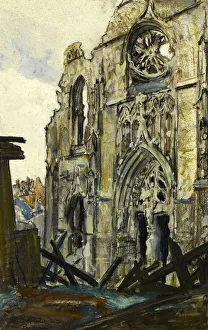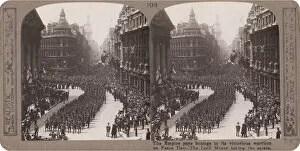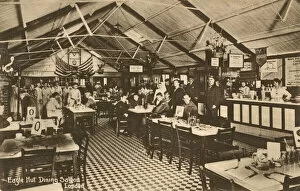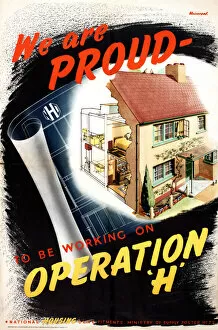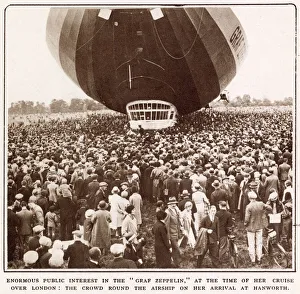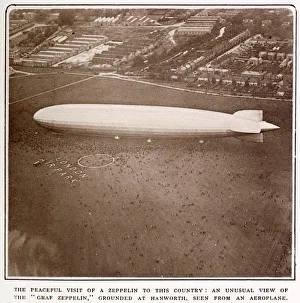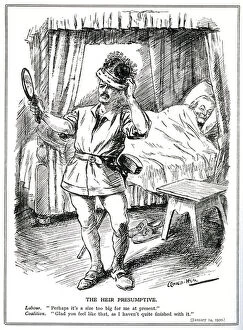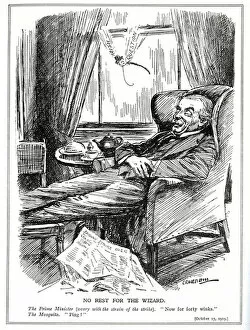Postwar Collection (page 9)
"Postwar: A Glimpse into the Era of Rebuilding and Progress" Step back in time to the postwar era, where nations strived to rebuild and progress after the ravages of war
All Professionally Made to Order for Quick Shipping
"Postwar: A Glimpse into the Era of Rebuilding and Progress" Step back in time to the postwar era, where nations strived to rebuild and progress after the ravages of war. The HMS Bulwark and HMS Eagle, mighty aircraft carriers, symbolize Britain's determination to regain its naval supremacy. Witness the awe-inspiring sight of a Harrier GR. 1 gracefully landing at St. Pancras, showcasing cutting-edge aviation technology. In the skies above, marvel at the English Electric Lightning F. 1 and Avro Shackleton MR. 2 as they soar through clouds with unmatched speed and precision. Reflect on history as you gaze upon a World War II poster depicting the heroic activities of 52 (Lowland) Division. The Avro Anson T. 20 takes flight, reminding us of the crucial role played by training aircraft during this period of rebuilding armed forces worldwide. Look up in wonder as The Red Arrows paint vibrant trails over Niagara Falls in 1972 – an exhibition that captivated audiences across borders. Witness Blackburn Beverley aircraft from 47 Squadron carrying heavy loads with ease – a testament to innovation in transport capabilities during these transformative years. Stand in awe before HMS Ark Royal, proudly representing Britain's commitment to maintaining a strong presence on international waters. Canberra bombers from 61 and 109 Squadrons take off into distant horizons, embodying technological advancements that reshaped aerial warfare strategies forevermore. Finally, observe Westland Whirlwinds stationed on HMS Bulwark – versatile helicopters ready for any mission thrown their way; exemplifying how military fleets adapted to new challenges faced post-war. The postwar era was not just about rebuilding physical structures but also about rekindling hope and forging ahead towards brighter futures for all nations involved - leaving behind scars while embracing resilience like never before.

